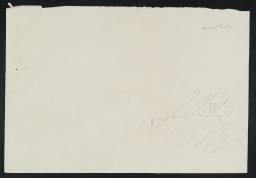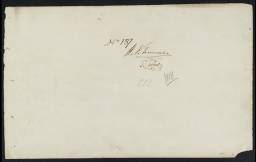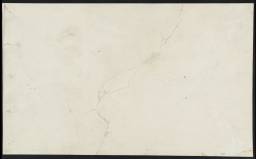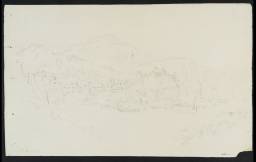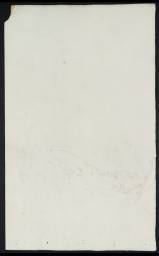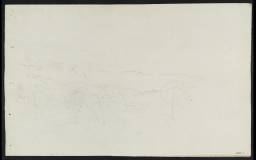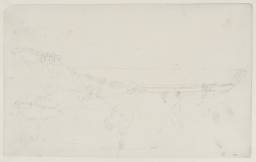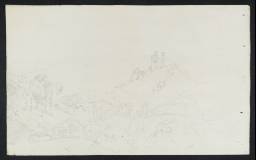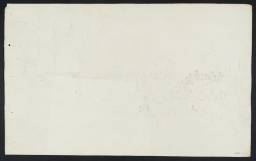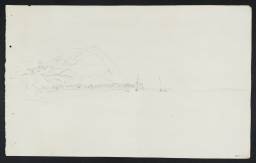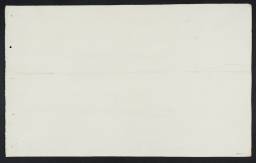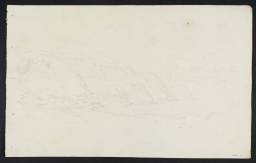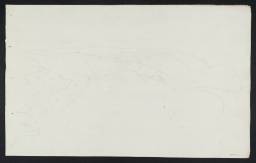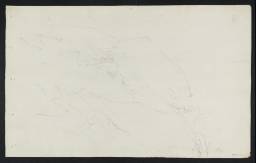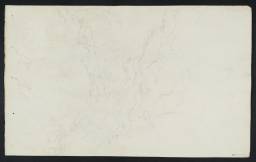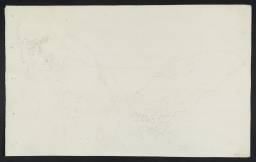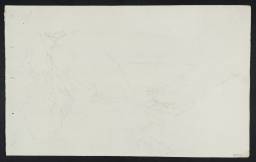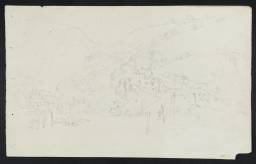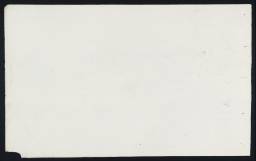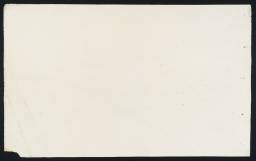Turner Bequest CXXVI 1–18
Unbound sheets, probably all once part of the same sketchbook, except for D08945, a different size and make of paper
19 leaves of white wove paper; all but one 200 x 324 mm
Watermark ‘J Whatman | 1801’
Numbered 137 as part of the Turner Schedule in 1854 and endorsed by the Executors of the Turner Bequest, on an otherwise blank sheet (CXXVI 1; D08946)
19 leaves of white wove paper; all but one 200 x 324 mm
Watermark ‘J Whatman | 1801’
Numbered 137 as part of the Turner Schedule in 1854 and endorsed by the Executors of the Turner Bequest, on an otherwise blank sheet (CXXVI 1; D08946)
Accepted by the nation as part of the Turner Bequest 1856
References
These drawings are almost all of subjects on or near the thirty-mile stretch of the coast of North Devon and Somerset between Ilfracombe and Dunster. They were made as Turner headed east towards the end of his clockwise tour of the West Country in the summer of 1811 (see the general introduction to the tour). The exception is a single view of Corfe Castle, Dorset (D08954; CXXVI 8), which Turner visited near the beginning of the tour and recorded in detail in the Corfe to Dartmouth sketchbook (for other views see the entry for Tate D08826; Turner Bequest CXXIV 17).
Finberg described the present so-called ‘sketchbook’ as: ‘A number of loose leaves with no covers. The leaves were distributed [presumably by John Ruskin at an early stage] and have only been brought together by size, quality of paper, and style. There were no means of discovering the original sequence of the pages.’1 They have not been foliated in the present catalogue, but their sequence can be largely recovered, as discussed below.
Finberg also noted: ‘For other leaves of this book, see Schedule 162, “Views in Sussex,” about 1815’.2 This comment refers to a similar number of loose sheets of the same size and with the same watermark, categorised as the Views in Sussex ‘sketchbook’ (Tate; Turner Bequest CXXXVIII). Finberg’s cross-reference back to the present sheets from his Views in Sussex entries is also in terms of the schedule number only;3 presumably he had not applied his familiar Roman numeral sequence when he composed these notes for his Inventory and did not amend them for publication. He seems to have decided to maintain the separation of the two groups of sheets as established during the preliminary scheduling of the Turner Bequest and, since there is a clear division of subject matter and chronology, the distinction is retained in the present catalogue. It was not unusual for Turner to use a single sketchbook over a long period or in two or more localities, sometimes intermingling the subjects in bound or subsequently rebound sketchbooks. Devonshire Rivers, No.3, and Wharfedale (Tate; Turner Bequest CXXXIV), used on later tours of both Devon and Yorkshire, is an example.
Since Penzance in West Cornwall, Turner had been drawing on the sheets now known as the Cornwall and Devon sketchbook (Tate; Turner Bequest CXXV a) and sometimes in the small Devonshire Coast, No.1 sketchbook (Tate; Turner Bequest CXXIII), which he continued to use in parallel for some of the subjects in the present book, as noted in individual entries. The Somerset and North Devon views are the last of his substantial coastal sketches, although he used Devonshire Coast, No.1 for a few miles further through Somerset along Blue Anchor Bay and at Watchet (Tate D08687; Turner Bequest CXXIII 170a) before turning inland for the last leg of the tour, working on the sheets now known as the Stonehenge sketchbook (Tate; Turner Bequest CXXV b) at Cheddar Gorge and Stonehenge itself.
Technical notes
How to cite
Matthew Imms, ‘Somerset and North Devon sketchbook 1811’, sketchbook, January 2011, in David Blayney Brown (ed.), J.M.W. Turner: Sketchbooks, Drawings and Watercolours, Tate Research Publication, December 2012, https://www

